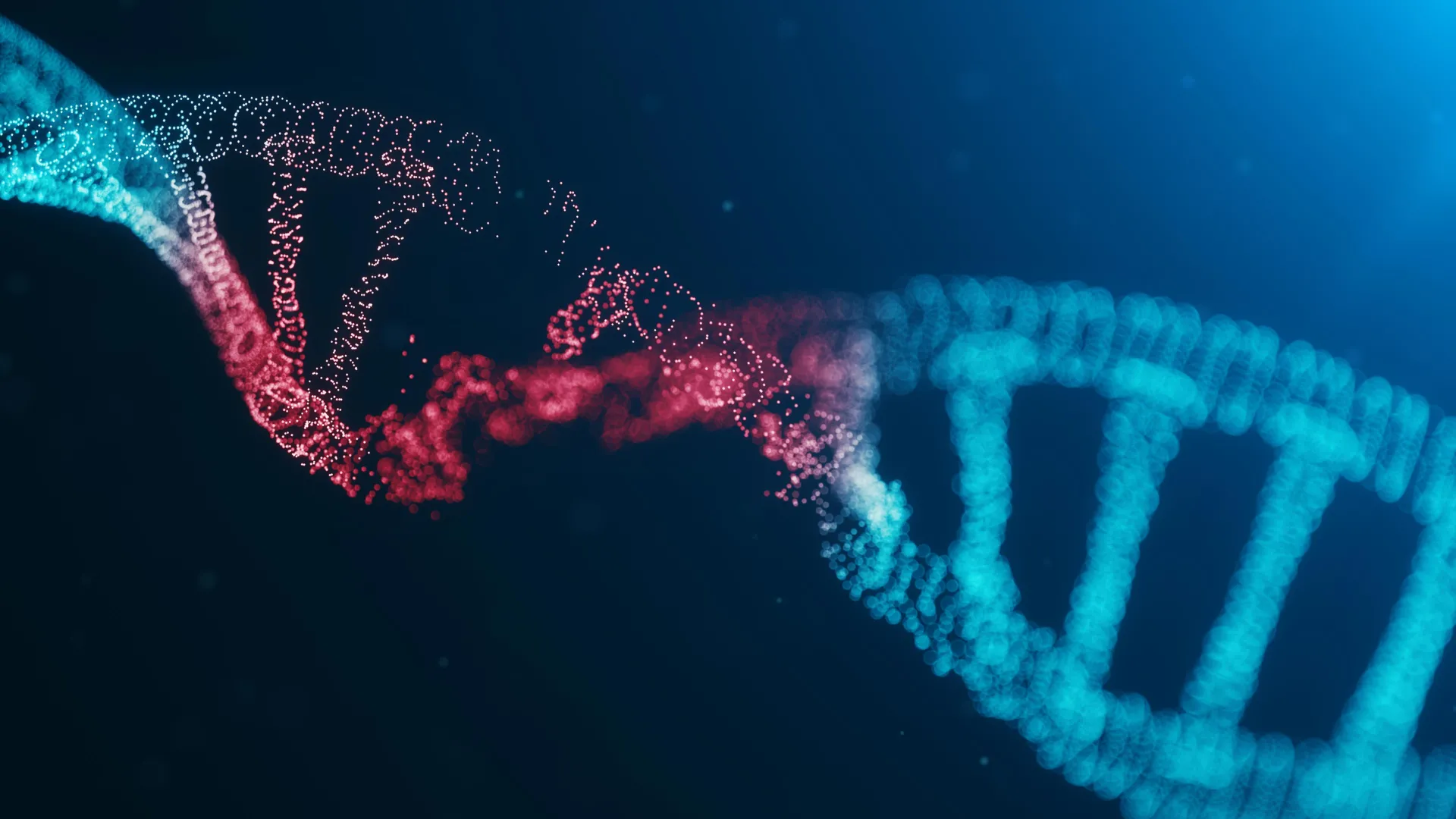CRISPR-Cas9 can generate unexpected, heritable mutations
- Date:
- February 5, 2022
- Source:
- Uppsala University
- Summary:
- Scientists testing CRISPR-Cas9 in zebrafish discovered unforeseen DNA mutations, some inherited by the next generation. These results raise red flags about using the tool in human medicine, where precision is vital, and reinforce the call for extra caution and rigorous DNA validation.
- Share:

CRISPR-Cas9, the "genetic scissors," creates new potential for curing diseases; but treatments must be reliable. In a new study, researchers have discovered that the method can give rise to unforeseen changes in DNA that can be inherited by the next generation. These scientists therefore urge caution and meticulous validation before using CRISPR-Cas9 for medical purposes.
CRISPR-Cas9 is an effective tool for genome modification in microorganisms, as well as animals and plants. In health care, the method creates scope for curing numerous genetic diseases, provided the DNA is modified correctly and undergoes no unexpected changes. To date, such unwanted mutations have been studied in cells, but knowledge of the consequences in living organisms remains limited.
"In this project, we studied the effects of CRISPR-Cas9 in zebrafish, a small aquarium fish. Since DNA molecules and their mechanisms are similar in all animals, we think the results should be similar in humans, for example," says Adam Ameur, associate professor at Uppsala University and the Science for Life Laboratory (SciLifeLab).
When they studied the genome of more than 1,000 zebrafish from two generations, the researchers found unexpected mutations of various types. In some cases, DNA fragments that were larger than anticipated underwent changes, while in other cases mutations occurred in the wrong location in the genome. Unforeseen mutations were found in first-generation zebrafish, but also in their offspring.
"Knowing these unexpected mutations are heritable is important, since they can have long-term consequences for future generations. But that can happen only if you change the genome of embryos or germ cells," says Ida Höijer, PhD of Uppsala University and SciLifeLab.
In healthcare, methods tailored to correct genes in a particular tissue or cell type are now being developed. Although such treatments pose no risk to future generations, caution is advisable.
"CRISPR-Cas9 can be an amazingly valuable tool in health care. But we need to minimise the risk of unwanted effects, and we can do this by carefully validating the modified cells with the latest DNA sequencing technologies," Ameur says.
The study was led by researchers at Uppsala University and SciLifeLab's National Genomics Infrastructure (NGI).
Journal Reference:
- Ida Höijer, Anastasia Emmanouilidou, Rebecka Östlund, Robin van Schendel, Selma Bozorgpana, Marcel Tijsterman, Lars Feuk, Ulf Gyllensten, Marcel den Hoed, Adam Ameur. CRISPR-Cas9 induces large structural variants at on-target and off-target sites in vivo that segregate across generations. Nature Communications, 2022; 13 (1) DOI: 10.1038/s41467-022-28244-5
Cite This Page: